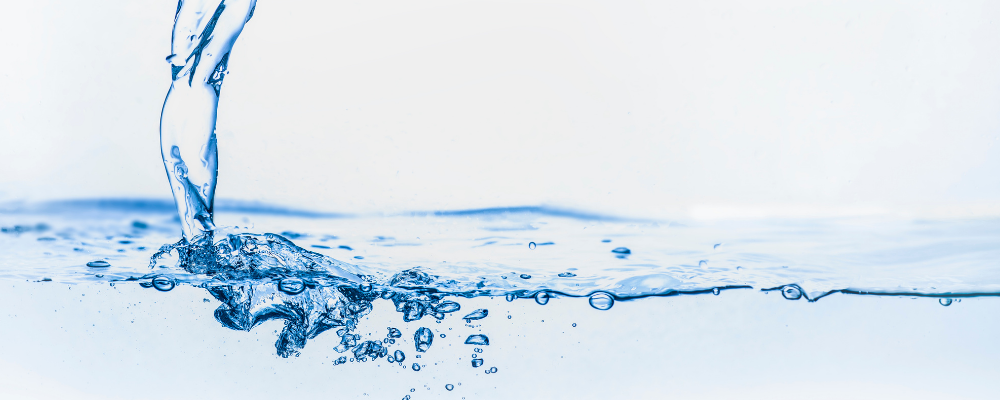What Is A good water quality & do you know if you don't have it? - advancees

We all know and understand the importance of clean and fresh water. It is essential for maintaining good health. Unfortunately, the water to which many of us have access is not of the highest quality. The Environmental Protection Agency (EPA) legislates water quality. In fact, they have set limits on a significant number of contaminants that may be located in the water we drink. Drinking contaminated water results in illness and disease.
Why is Water Quality Important
Many medical professionals recommend drinking 6-8 glasses of water each day. When the available water tastes good, this task is significantly easier. Additionally, poor water quality can negatively impact your plumbing, pipes, and appliances.
Understanding this, many of us are still unsure of what actually “good water quality” is. And, how do we know?
Is Drinking Tap Water Safe?
If your home’s water comes from a public water system in the country it is likely safe to drink. It is these facilities that operate under the oversight of the EPA. However, just because it is considered safe, does not mean that it is free of chemicals or minerals. In fact, it could contain both.
Water contaminants are numerous. Some chemicals found in tap water:
- Parasites
- Bacteria
- Chemicals
- Nitrates
- Mercury
- Lead
When present in low levels, these chemicals are harmless to the majority of the population, although those who are immunocompromised (transplant patients, cancer patients being treated with chemotherapy, and those who are pregnant) may be at risk.
It is also important to recognize that the quality of your pipes can impact your water. Water that leaves the treatment plant may be acceptable, however old and rusting pipes can introduce lead.
If you have questions regarding the safety of your water at home, you can contact the EPA for more information.
If your water comes from a private well it would not be regulated or tested by the EPA. While many wells produce perfectly clean water, others do not. Testing water quality in your well water on a regular basis is a wise decision.
Good Water Quality Is Important
Consuming contaminated water can lead to a host of illnesses. In order to avoid this and ensure clean and clear water for their families, many choose to install water filters. These remove impurities and help deliver quality water to your family. There are a host of options available on the market; your personal situation and budget would dictate what works best for your household.
Quality water is clean (no visible particles), odorless and tasteless. It should also be free of toxins and chemicals when referring to water quality. When your water is clean and fresh, it’s easy to drink the recommended amount on a daily basis. And, it’s stress-free.
At Advanced Equipment and Services, located in South Florida, we are an established organization dedicated to providing our clients with RO and water purification equipment. Of course, our team is committed to understanding our clients’ businesses and delivering the most appropriate systems for their needs. Additionally, if you have questions, reach out to them today.

